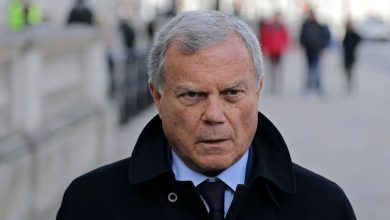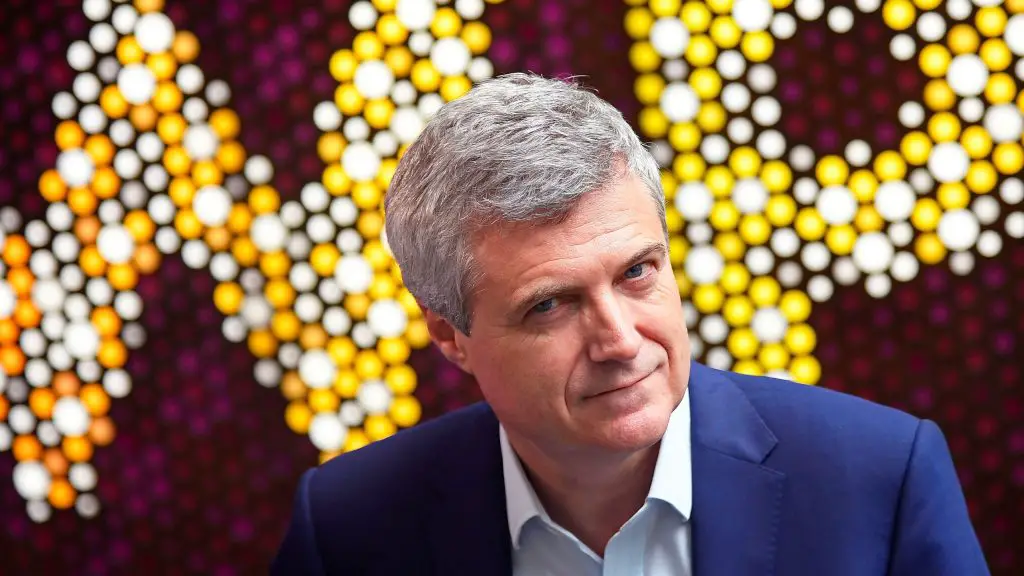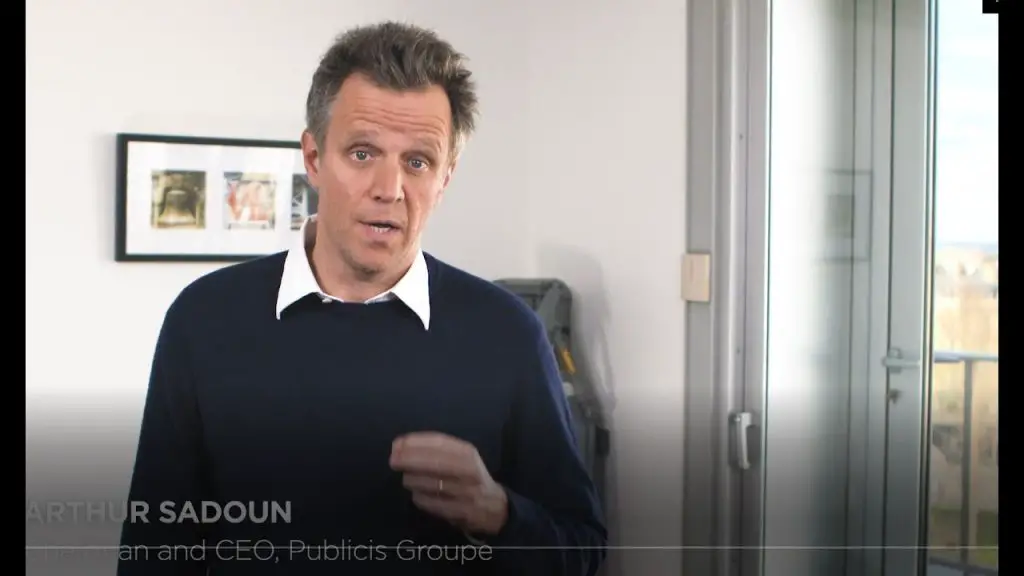Recently, in a packed-out room at Advertising Week Europe, Sir Martin Sorrell announced S4 Capital’s plans to go ‘back to the 1990s’ and reunite media with creative.
Brainlab’s founder, Dan Gilbert, is making similar noises. His plan to build the world’s biggest marketing agency with funding from PE firm Livingbridge, sees creative and media under one roof via a “full-service marketing agency built first and foremost around clients who want true partnerships.”
When industry names like Sorrell and Gilbert say they want to see creative and media working together again, we should all sit up and take notice.
And it’s clear some already have. A number of agencies, old and new, big and small, have been quietly bringing creative and media thinking together, and there’s every reason to believe this trend will grow.
Content creators need to know who is being targeted in real-time to improve the relevance and timeliness of the content being delivered, but you can only do this when you have media and creative professionals working together in close partnership.


But joining the dots between the two disciplines can be hard, especially for big siloed agency networks that have more rigid structures and less unified workforces. I’ve worked on both sides of the fence, in my current role and previously at Publicis-owned Starcom.
In my view, the traditional creative/media setup is like a divorced couple. They were once together, but are now separated. There’s always a level of nicety, but forcing them back together is virtually impossible. It’s a toxic situation, and a new kind of relationship needs to be formed.
The agencies best placed to forge new relationships are those that are less institutionalised, unencumbered by entrenched processes and big agency egos; the ones that can act more nimbly to reconfigure themselves and do away with siloed mindsets.
New model – often smaller – agencies tend to be more open to collaboration, and different departments will usually operate under the same P&L, incentivising creative and media teams to work more effectively together. In many cases this involves teams aligning on their objectives, taking client briefings together, agreeing on key messaging and consolidating reporting methods. By adopting this kind of structure, you can increase your team’s overall efficiency levels and create an effective feedback loop that ultimately delivers a better outcome for the client.
At eight&four, our creative and media teams actually sit together. There’s a lot of talk about bringing both disciplines ‘under one roof’, but what does this actually mean? If both teams are working on different floors, or at completely different sides of the office, how can they successfully collaborate? Even with today’s technology and methods of connection, individuals should ideally work on one bank of desks. That way, both teams can be truly collaborative and optimise creative in real-time to boost performance.
Obviously this is just one approach – there are examples of others – but above all, a change of mindset – fewer big egos and fiefdoms – is needed if the agency behemoths are to make a success of the creative/media partnership.
Change within traditional set ups is often sluggish at best, and there can be a lot of resistance from individuals averse to challenging the status quo.
This kind of project needs to be led by someone who is open-minded, embraces change and isn’t ego-driven. If the right kind of example isn’t set from the top, the new creative/media setup will struggle to gain traction, both within the agency and amongst clients.
It’s about rewiring how agency teams think about the creative/media partnership and aligning everyone commercially. Big egos frequently win out in large networked and legacy agencies. These people are hell-bent on winning, whether that’s charging forward to take the lead working with external agencies, or land-grabbing against another agency within their group under a separate P&L. Unfortunately, they’re missing the point.
Being commercially adept is about training your people to be proud of effectiveness. Campaigns that work are what win you more business and status in the long term.
We need to do away with the purists – those who are solely driven by big fame pieces and self-indulgence. Instead we need to champion individuals that recognise the value of different platforms and cross-agency engagement – they are the ones who will attempt to repair the creative/media schism.
So unite your people before you seek to reunite your departments – because therein lies the make or break.











